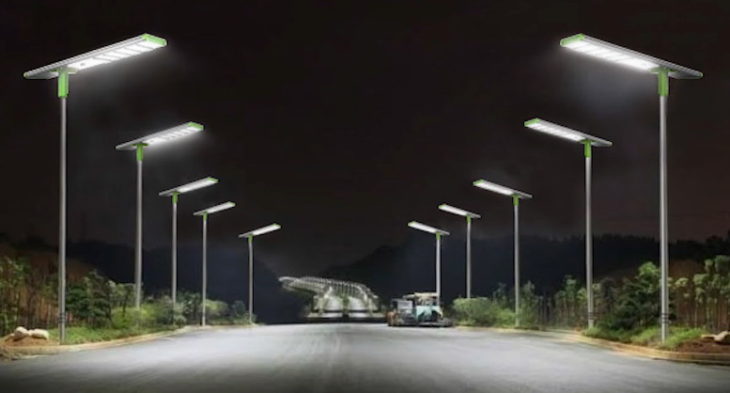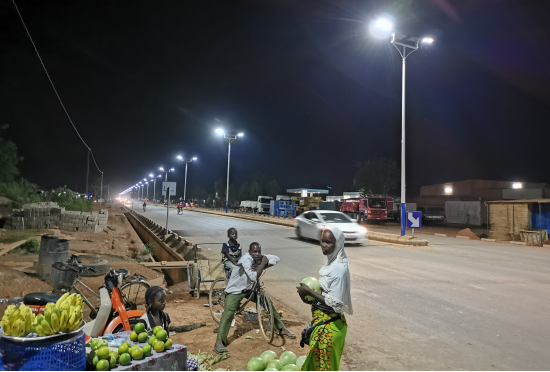The market for large PV plants in China shrank by more than a third in 2018 due to Chinese policy adjustments, which spawned a wave of cheap equipment globally, driving global benchmark pricing for new PV (non-tracking) down to $60/MWh in the second half of 2018, down 13% from the first quarter of the year.
BNEF's global benchmark cost of onshore wind generation was $52/MWh, down 6% from the first half of 2018 analysis. This was achieved against a backdrop of cheap turbines and a strong dollar. In India and Texas, unsubsidized onshore wind power is now as cheap as $27/MWh.
Today, wind power is outpacing combined cycle gas-fired (CCGT) plants supplied by cheap shale gas as a source of new bulk generation in most of the United States. If natural gas prices exceed $3/MMBtu, BNEF's analysis suggests that new and existing CCGTs will be at risk of being rapidly undercut by new solar and wind power. This means less run time and greater flexibility for technologies such as natural gas peaker plants and batteries doing well at lower utilization rates (capacity factors).
High interest rates in China and the U.S. have put upward pressure on financing costs for PV and wind over the past two years, but both costs are dwarfed by the declining cost of equipment.
In Asia Pacific, more expensive natural gas imports mean that new combined cycle gas-fired plants remain less competitive than new coal-fired plants at $59-$81/MWh. This remains a major barrier to reducing the carbon intensity of power generation in this region.
Currently, short-term batteries are the cheapest source of new fast response and peak capacity in all major economies except the US. In the U.S., cheap natural gas provides an advantage for peaking natural gas-fired power plants. According to a recent report, battery costs will drop another 66% by 2030 as the electric vehicle manufacturing industry grows exponentially. This in turn means lower battery storage costs for the electric power industry, reducing peak power costs and flexible capacity to levels never before achieved by traditional fossil-fueled peaker plants.
Batteries co-located with PV or wind are becoming more common, and BNEF analysis shows that new solar and wind plants with 4-hour battery storage systems are already cost-competitive without subsidies compared to new coal-fired and new gas-fired plants in Australia and India.
Post time: Oct-22-2021


